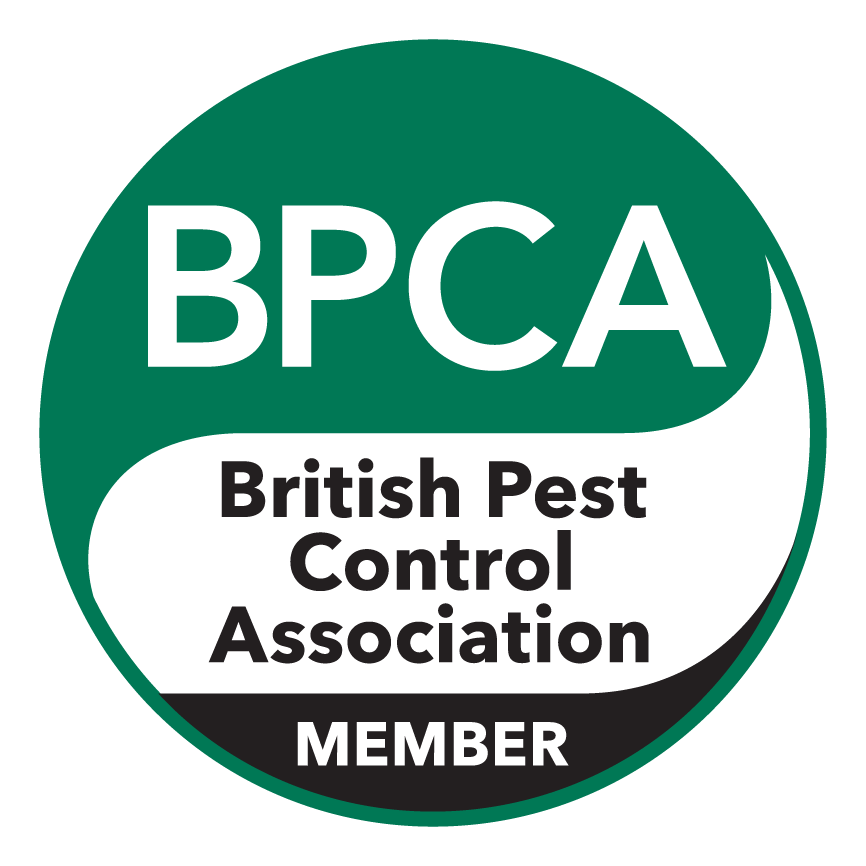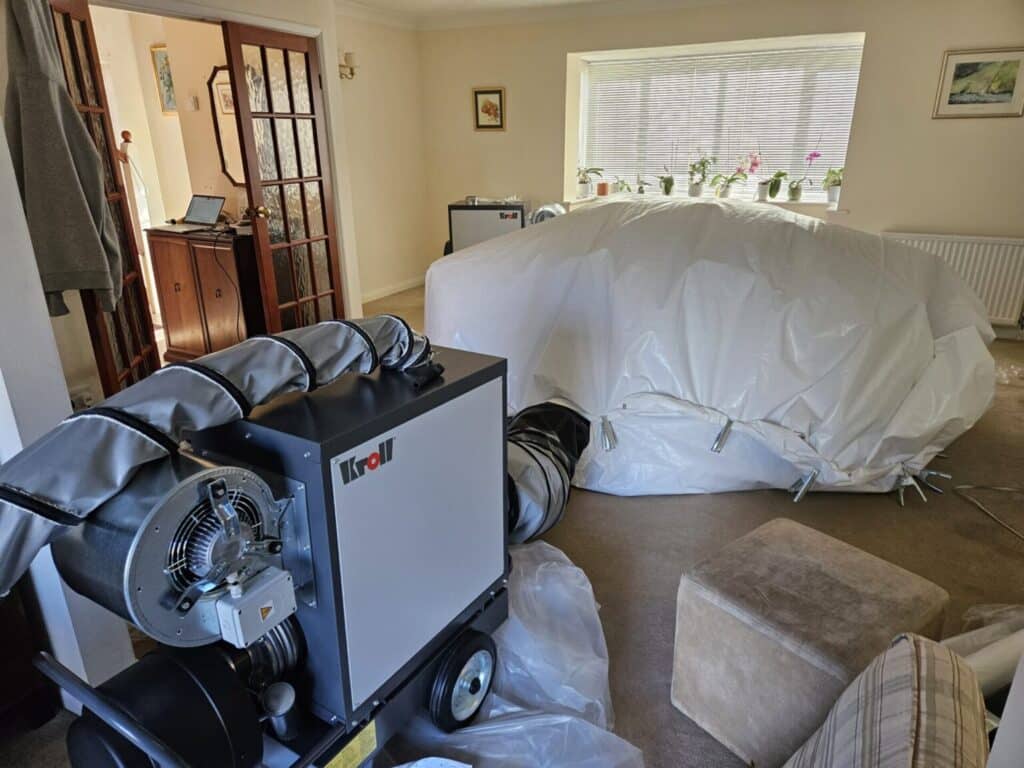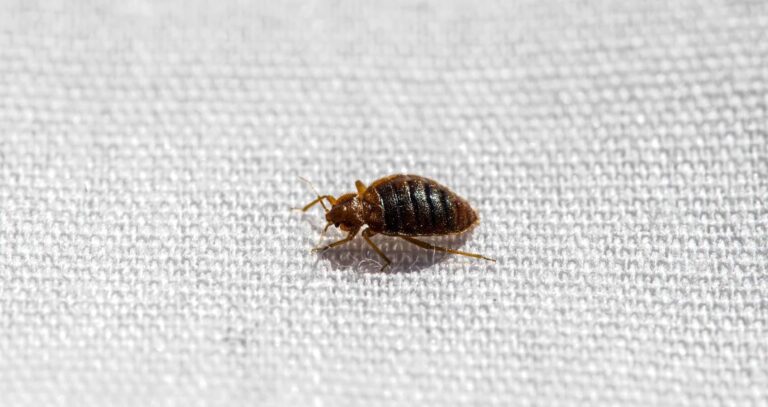Direct high heat is the only method proven to kill bed bugs instantly, unlike chemical sprays which act slowly and unreliably.


In 2025, bed bugs remain one of the most talked-about pests across the UK and worldwide. From mass infestations in Paris back in 2023 to rising cases throughout London and other British cities today, these tiny insects continue to cause distress and make headlines. Understandably, many people are still asking the same urgent questions: “What kills bed bugs instantly?” and “How can I protect my home or business if I discover an infestation?”
The short answer is that bed bug heat treatment is currently the only proven method to kill bed bugs instantly and completely in a single visit. By raising the temperature of a room to around 50°C or higher, all stages of bed bugs — from adults to the toughest eggs — are eradicated. Unlike chemical sprays, heat penetrates deeply into furniture, walls, cracks, and crevices, leaving no safe hiding place for these resilient pests.

There are two key reasons why traditional chemical treatments are often less effective. First, sprays and insecticides only work on bed bugs that are directly exposed. However, these insects are expert hiders, often escaping into cracks and crevices where chemicals cannot reach. Second, over the past decade, bed bugs have developed resistance to many common insecticides, making chemical treatments increasingly unreliable and less effective. This is why professional pest control companies across the UK now recommend heat treatment as the gold-standard solution for fast, safe, and complete eradication of bed bug infestations.
Click here to find out more about ThermoPest’s specialist services today!
The bed bug holds a notorious place among Britain’s domestic pests. Scientifically known as Cimex lectularius, these insects are not fussy about where they settle. They can be found everywhere—from the crowded streets of London to the quiet countryside.
An adult bed bug is a wingless, reddish-brown insect approximately the size of an apple seed. These nocturnal pests emerge at night to feed on human blood, leaving behind a trail of unpleasant welts and rashes on their unsuspecting hosts.
Beyond the physical discomfort, a bed bug infestation can have significant psychological effects, including anxiety, insomnia, and stress. The first step in creating an effective plan to expel them is understanding their behaviour, lifecycle, and preferences.
Even the tidiest British homes can fall victim to bed bugs. Recognising the signs of their unwelcome presence is key to swift and effective removal.
Bite Marks: Small, itchy welts on the skin, often arranged in a line or cluster, are a common sign. These bites typically appear after sleeping and can cause intense itching, sometimes leading to secondary infections if scratched excessively.
Dark Stains: Rusty or dark spots on mattresses, sheets, or pillowcases are caused by bed bug excrement. These stains can also be accompanied by tiny shed skins.
Sightings: Although adept at hiding, bed bugs may be spotted along mattress seams, headboards, or crevices in furniture during careful inspection.
Unusual Odour: A sweet, musty smell may be noticeable in heavily infested rooms, produced by the bugs’ scent glands. However, this is not always present.

There are many misconceptions about bed bugs and their control. It is important to separate fact from fiction before tackling these pests.
Contrary to popular belief, bed bugs do not discriminate based on cleanliness. They can infest even the most immaculate homes, attracted by the presence of human hosts rather than dirt or grime.
Despite their name, bed bugs are not confined to beds. They can be found in sofas, electrical sockets, curtains, loose wallpaper, bed frames, box springs, and other furniture. They tend to gravitate towards where people spend the most time, attracted by the carbon dioxide and body heat we emit.
DIY products often promise to rid your home of bed bugs, but in most cases, they fail to eliminate the entire infestation. Unless you can kill 100% of the population—including eggs and hidden bugs—the problem will persist and continue to grow.
Fighting bed bugs is stressful and can take a toll on your mental health. It is always best to seek professional advice to ensure the most effective and safe eradication.
Heat treatment is the most effective and rapid method for eliminating bed bugs. Despite their resistance to many insecticides, bed bugs have a thermal vulnerability. They and their eggs begin to die at temperatures of 50°C and above.
Specialist heaters are used to raise the temperature of infested rooms to approximately 60°C. This heat penetrates mattresses, crevices, walls, and furniture, ensuring a thorough kill of all bed bugs, including those hidden deep within cracks.
Besides its high effectiveness, heat treatment is environmentally friendly and non-toxic. There are no chemical residues or unpleasant odours left behind, only a clean, bug-free living environment.
For infested linens, washing at the highest heat setting followed by a hot tumble dry is devastatingly effective in killing bed bugs and their eggs.
Check out our guides;
Professional pest controllers may use chemical insecticides as part of an integrated treatment plan. These treatments typically require multiple visits over 4-5 weeks, with sprays applied every 7-10 days to maximise the chance of complete eradication.
However, it is important to note that bed bugs have developed resistance to many commonly used insecticides, reducing their effectiveness. Furthermore, chemical treatments only kill bugs that come into direct contact with the spray, leaving hidden eggs and bugs safe.
Diatomaceous earth is a natural, powdery substance made from fossilised algae. It is harmless to humans but lethal to bed bugs. When bed bugs crawl over it, the powder damages their exoskeletons, leading to dehydration and death.
It is vital to use food-grade diatomaceous earth and apply it carefully around infested areas such as mattress seams, bed frames, and crevices.
Vacuuming is an often underestimated but valuable method for reducing bed bug numbers. Using a high-powered vacuum, focus on mattress seams, bed frames, furniture joints, and floor edges. After vacuuming, immediately seal the vacuum bag in a sealed plastic bag and dispose of it outside to prevent bed bugs from escaping.

While prevention is not always possible, the following measures can reduce the risk of infestation and help keep bed bugs out of your home:
Vigilant Travelling: When staying in hotels or other accommodations, inspect bedding, mattresses, and furniture for signs of bed bugs before settling in. Keep luggage elevated and away from beds or sofas to avoid picking up hitchhikers.
Regular Cleaning: Frequently wash bed linens, curtains, and clothing in hot water and tumble dry on the highest heat setting. Declutter your home to reduce hiding spots.
Protective Covers: Use bed bug-proof mattress and pillow encasements to prevent infestations from developing or spreading. These protective covers trap any bed bugs trapped inside and prevent new bugs from entering.
Secondhand Scrutiny: Thoroughly inspect secondhand furniture, clothing, and linens before bringing them into your home, as they can be a common source of bed bug introduction.
Early Detection Devices: Consider using bed bug interceptors or traps under bed legs and furniture to detect bed bugs early before infestations become established.
If you suspect a bed bug infestation, speak to a professional from ThermoPest today for expert advice and effective treatment solutions!
Call us on 0808 189 2310 – or complete our quote form below.
Leading experts in bed bug control
Guaranteed quick and rapid responses to urgent infestations
For ongoing problems, use our preventative contracts
Direct exposure to sustained temperatures above 52°C (125°F) is the only method that kills bed bugs and their eggs instantly. At this thermal threshold, the essential proteins and enzymes within the insect denature (break down), causing immediate cellular collapse and death.
Call us on 0808 189 2310 – or complete our quote form below.
Enter Your Details To Request A Call Back
Enter Your Details To Request A Call Back
Enter Your Details To Request A Call Back
Enter Your Details To Request A Call Back
Enter Your Details To Request A Call Back